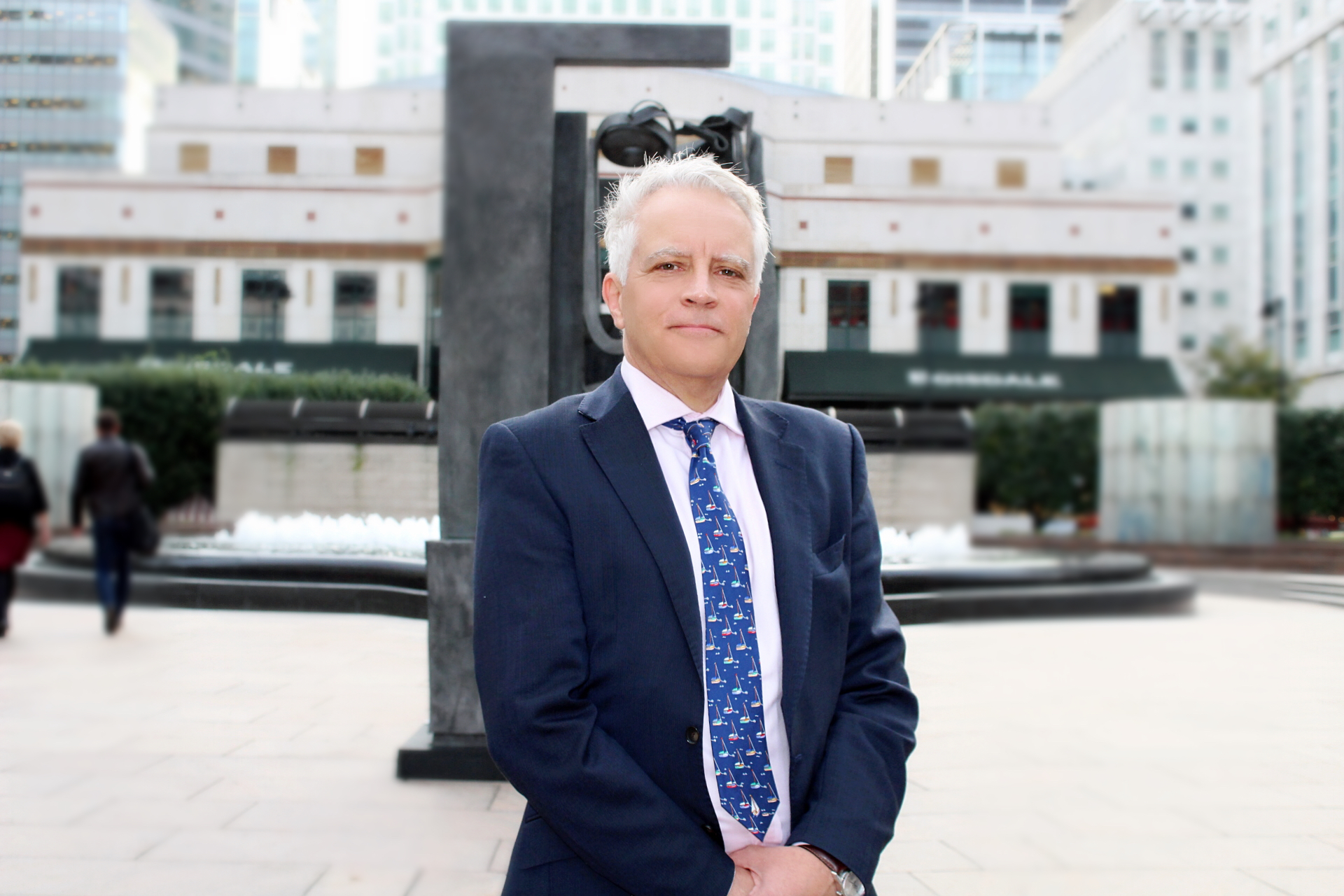SFTR | CSDR | ISDA Technology Forum | CDM
At the end of October the clocks moved back, signalling the beginning of the winter season for many of us. The inevitable changing of the seasons also coincides with an increasing focus on 2020, and what it might mean for our industry.
We already know that barring unforeseen delays, both SFTR and CSDR will arrive in our world. I have outlined in previous blogs how these pieces of legislation will change elements of our market out of all recognition. If SFTR and CSDR were in part designed to be agents for change, I think we can say that those objectives are being achieved. There has been much speculation recently about potential delays, especially around SFTR. From ISLA’s perspective, we continue to work towards the expected publication of the level three responses from ESMA prior to the Christmas period, with the first reports due in April 2020. There is no doubt that between the publication of the level three responses and the go live date for tier one firms; this will present a busy time for us all. However, at this stage I think it is premature to be talking about delays until we have seen those responses, and assessed the implications on current development timelines.
Whilst SFTR and increasingly CSDR cast long shadows over our markets, it is important that we look past a post-implementation world. To an extent, I had the opportunity to think about those ideas when I was invited to participate in ISDA’s Technology Forum recently. The derivatives industry has had its own regulatory waves in the form of EMIR, which have produced very similar challenges to those we are experiencing in our markets today. Having said that, it is much further along the regulatory journey than our industry is, and I was struck at the event how ISDA and its members are trying to realise tangible benefits from these regulatory imperatives. Some three years ago, ISDA published a detailed paper on the digitalisation of derivatives markets and in particular the development of a Common Domain Model (CDM). Three years on, ISDA in conjunction with its member firms has developed functional use cases, and there is a clear move towards a broader adoption of the standards that form the core of this concept. Rather than think directly about the complexities that the creation of a CDM may bring to us all, I think it is important to think about what a CDM stands for – quite simply the standardisation that is built within a CDM delivers efficiencies and direct savings for market participants, notably in the post trade world. Increasingly, I am seeing our members demanding that in an attempt to unlock some of these same efficiencies.
As we think about the impact of technology more broadly, another theme that came through from the discussions at the Forum, was the risks associated with not adopting this. Many of us have aged legacy systems, where at times the option of doing nothing in terms of capital expenditure may appear to make better sense. However, as some of the major technology firms in the world appear to be focussing more attention on the wholesale financial markets, we may run the risk of experiencing something of a ‘Nokia moment’. In other words, when they thought they controlled the mobile phone market, along came the iPhone!. In this context, I feel it is vitally important that we maintain control of our technology agenda so as to deliver against the wider objectives or our member firms and markets.
In closing, I wanted to highlight the recent election of the next ISLA Board. As we look into 2020 and beyond, the challenges facing the Association and its members look to my mind, subtly different. Previously, much of what we have done has been driven by a strong regulatory agenda. With much of that work now coming to some sort of a conclusion, the industry can explore new directions of travel. I have already highlighted how the digital agenda is changing all aspects of our daily lives, including our markets. Set against this backdrop, my management team and I are very much looking forward to working with this diverse group of industry practitioners.
Andrew Dyson, CEO
